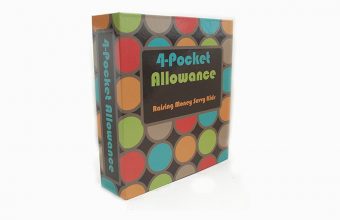Where there are chores, there is allowance…or is there?
With so many SavvyMoms inspired to work out a family chore schedule and get their kids helping out around the house this fall, we’ve been inundated with the next obvious question: “What about allowance?” So we set out to find guidelines on that front too.
A Penny Saved Is a Penny Earned: What’s It For Anyway?
Experts generally agree that allowance is a tool to help kids learn money management skills, not a reward for children who do regular family chores. After all, we don’t want our children to expect to be ‘paid’ for contributing to keeping the house neat and tidy. (It would be nice if we were though!) Apparently the only real way to learn money management skills is through trial and error—it’s not something kids learn in school. (Remember your first credit card?) And like most life skills, this is a gradual learning curve where an early start helps avoid more costly and emotionally charged issues later (think blowing allowance on candy versus blowing it on beer instead of textbooks).
Top Ups: What About Extra Money?
However, experts recommend children undertake extra chores as a way to earn extra money, thus teaching them the valuable lesson that if they work harder, they can get more of the things they want in life.
The Birth of Allowance: When Do You Start?
By age six, most children are ready to start learning about money—spending it, deciding what to spend it on, saving it and not losing it. If your child is starting to express interest in how much things cost and the fact that money can be exchanged for goods, she might be ready for an allowance.
Tagged under: children chores,allowance,piggy bank,children allowance,kids allowance
Category: parenting,family-life






